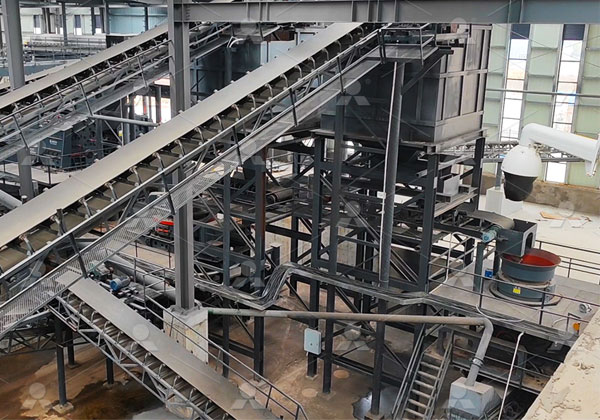Mining material conveyor belts are critical components in the efficient and safe transport of bulk materials in the mining industry. These conveyor belts are designed to withstand the harsh conditions of mining operations, including heavy loads, high temperatures, and abrasive materials. To ensure optimal performance, a variety of specifications are considered during the design and manufacturing process. These specifications include belt width, length, material, and construction, among others.
One of the primary considerations in conveyor belt design is the choice of materials. For mining applications, conveyor belts are typically made from robust materials such as rubber, PVC, or other specialized compounds that offer high tensile strength and excellent resistance to abrasion, impact, and tearing. Additionally, the material must be able to withstand exposure to oils, chemicals, and extreme temperatures commonly encountered in mining environments.

The dimensions of the conveyor belt are crucial for ensuring efficient material handling. Belt width is a key specification, determined by the volume of material to be transported and the capacity of the mining operation. Typical widths in mining applications range from 24 to 72 inches or even wider for specialized operations. Moreover, the length of the conveyor belt is determined by the distance the material needs to be transported, which can range from a few feet to several miles, depending on the specific mining site and operational requirements.
The strength of the conveyor belt is another critical specification. It is determined by factors such as the material density, maximum load capacity, and the operating conditions. Belts with high tensile strength and load-bearing capacity are essential to ensure the safe and reliable transportation of heavy materials over long distances. The choice of belt thickness and number of fabric plies is tailored to the specific demands of the mining application, with thicker and multiple-ply belts commonly used for heavy-duty operations.
In addition to material and strength considerations, the construction of the conveyor belt is optimized for durability and performance. Features such as belt carcass, cover compounds, and reinforcements are carefully selected to provide resistance to wear, impact, and punctures. Advanced technologies such as steel cord reinforcement, fabric-ply construction, and special rubber compounds are often employed to enhance the belt’s overall strength and longevity.
Conveyor belt specifications also encompass factors related to operational safety and efficiency. Special features like fire resistance, anti-static properties, and oil resistance may be incorporated to ensure compliance with industry regulations and to minimize the risk of accidents and operational disruptions.
Furthermore, the design of the conveyor system should account for factors such as pulley diameter, idler spacing, and belt tracking mechanisms to optimize the belt’s performance and minimize maintenance requirements. Proper tensioning systems and efficient cleaning mechanisms are also integrated to enhance the longevity and reliability of the conveyor belt.
